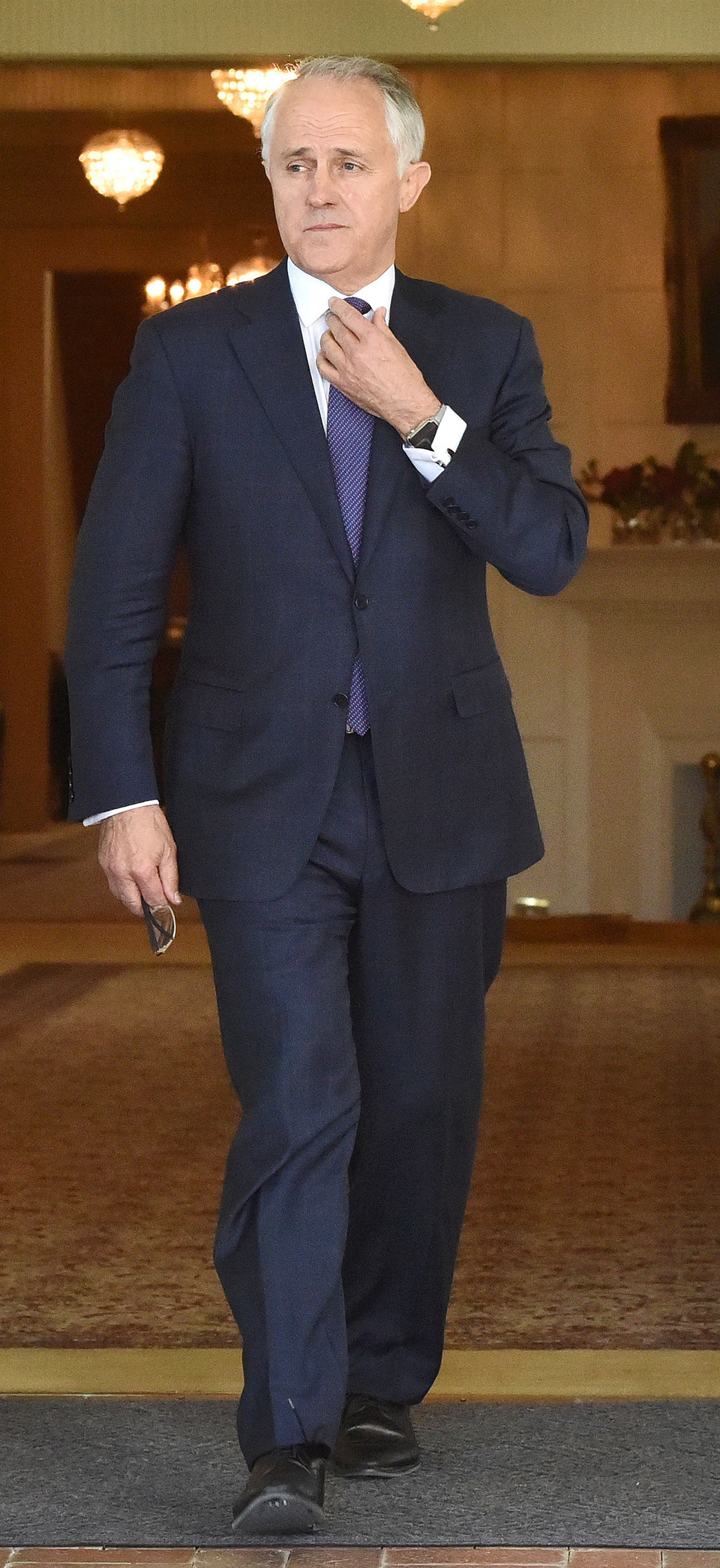In the first two weeks of his leadership, Australian Prime Minister Malcolm Turnbull has used the word "disruption" more times than any other in referring to imminent changes to the economic environment facing Australians.
Urging Australians to welcome such disruption and change rather than be afraid of it, Mr Turnbull is staking his claims for election in 2016 on the basis that his entrepreneurial and investment banking background makes him the best person to lead Australians into this new world.
Australians generally stick to the axiom that "if it ain't broke, don't fix it". The country has enjoyed 23 years of continuous growth. Yet Mr Turnbull insists that what worked in the past two decades will no longer cut it for Australia and that it must reform domestically if it is to benefit from the changes occurring in the region. New leaders tend to over-emphasise a changing world and why they are best placed to lead in such a new world in order to justify deposing an old leader. But in this case, Mr Turnbull may well have a point.
A major problem for Australia is the so-called Dutch disease: a deep reliance on commodity investment, production and exports in an era when one receives abnormally high prices for these products. When commodity booms fade, few countries that rode the wave remain unscathed. In Australia's case, minerals and resources make up about two-thirds of total exports of goods and services. The mining sector alone has been responsible for driving well over half of the country's economic growth over the past decade.
Asia will still need Australia's minerals and resources, and increasingly its agricultural and food products - but not enough to significantly reverse the country's decline in terms of trade and national income from exports.

In his short time as leader, Mr Turnbull has emphasised that nothing stands still, and change in the region will make or break Australia. The difficult part is working out what change looks like and, even harder, how Australia can benefit from it.
Let's take automation, which has already become a so-called disruptive technology. Robots are now getting cheaper. As an illustration, a US$20,000 (S$28,000) robot can now assemble 30,000 iPhones in one year at a cost of 66 cents. And unlike human workers, robots can work 24 hours a day for minimal additional cost.
These machines are also getting smarter. Far from just doing one thing over and over again, current and future generations of robots can multi-task and even respond to problems in real time. They can also work in perfect coordination with other robots, either in the same factory or many thousands of kilometres away, through advances in data and network connectivity.
Why locate a manufacturing plant in China's Pearl River Delta when it is just as cheap to do so in more reliable and stable economies around the world?
On the face of it, this is great news for an advanced and innovative nation such as Australia, where rule of law prevails and intellectual property is protected. And as automation becomes cheaper and more sophisticated, the factory manager will be less the boss of a team of production line workers and more a highly skilled computer scientist, engineer or systems analyst - human skills that Australia has in abundance.
But firms are ruthless in choosing where to invest and base their operations. According to OECD rankings of manufacturing competitiveness, Australia is near or at the bottom.
Why would GE, Siemens or Foxconn choose Australia to locate its plants when there has been little movement in making its corporate and income tax rates more competitive with countries such as Singapore or even the United Kingdom, and while its industrial relations regime is in important ways even more inflexible now than in the 1990s? Better to hire clever Australians and lure them to the United States, Germany or Taiwan.
Indeed, when it comes to total factor productivity growth or using labour/and or capital more productively, Australia has flatlined over the past decade. As it stands, it will lose out badly to countries such as Singapore, Japan and Taiwan despite rating highly in areas such as education and workforce skills. A falling Australian dollar will not by itself result in foreign firms wanting to relocate operations to Australia.
Bear in mind that when it comes to tapping into the economic trends and changes in the region, Australia begins from further back in the field than many of its competitors.
While much of corporate Australia made hay from the resources boom, the rest of the domestic economy was slow to respond and buy into the reality that East Asia, the US and Europe have become one vast integrated production zone for manufactured goods and, increasingly, services. To offer one example, an iPhone is designed, built and assembled in up to 20 countries, none of them Australia.
In the last century, Australia rose on "the sheep's back" as rising wool prices helped the country become one of the richest in the world. But growing comfortable and complacent even as earlier prosperity gave way to stagnation in the 1970s, Australia was warned by Singapore's founder Lee Kuan Yew that it risked becoming the "poor white trash" of Asia in the 1980s. Then the governments led by Bob Hawke, Paul Keating and John Howard responded with reforms that set up Australia for a growth trajectory which lasted more than two decades.
It is now Mr Turnbull's turn to shake the country from its current economic complacency. His chances of winning next year's election - and Australia's continued prosperity - depend on him doing so successfully.
•Dr John Lee is a senior fellow at the Hudson Institute in Washington DC and an adjunct associate professor at the Australian National University.
